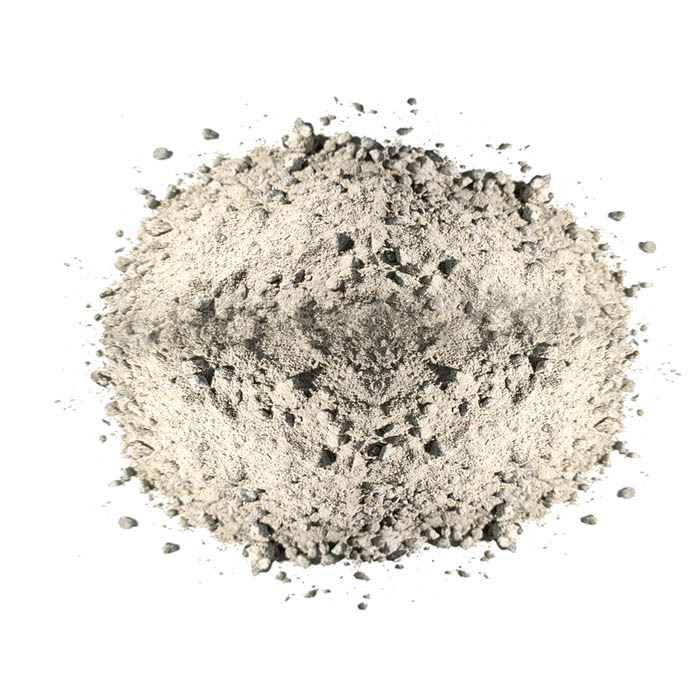ធ្នូ . 26, 2024 18:55 Back to list
Leading Manufacturer of High-Quality Activated Alumina Adsorbents for Diverse Applications
The Role of Activated Alumina Adsorbent Manufacturers in Water Treatment and Air Purification
Activated alumina adsorbent is a widely used material in various industries for the removal of contaminants from both air and water. As an efficient adsorbent, it possesses unique physical and chemical properties that enable it to capture impurities effectively. The increasing demand for clean water and air has led to the growth of manufacturers specializing in activated alumina production. This article delves into the significance of activated alumina adsorbent manufacturers, the manufacturing process, applications, and the future of this crucial industry.
Understanding Activated Alumina
Activated alumina is a porous and highly adsorbent form of aluminum oxide (Al2O3). Its high surface area, typically in the range of 200 to 300 square meters per gram, allows it to attract and hold a wide range of molecules, including fluoride, arsenic, and other heavy metals, as well as volatile organic compounds (VOCs) from the air. This makes it an essential component in various environmental and industrial applications.
The Manufacturing Process
The production of activated alumina involves several steps. Initially, aluminum hydroxide is crystallized from bauxite ore, which is then transformed into alumina through calcination. The calcined alumina is subjected to a chemical activation process, often involving controlled heating and steam treatment. This process creates a network of pores, increasing the surface area and making it suitable for adsorption applications.
Manufacturers must adhere to stringent quality control measures throughout the production process to ensure that the activated alumina meets specific industry standards. The purity of the raw materials, the conditions of activation, and the final product's physical characteristics are critical to achieving high performance.
Applications of Activated Alumina
1. Water Treatment One of the primary applications of activated alumina is in the treatment of drinking water. It effectively removes fluoride and arsenic, which pose serious health risks in contaminated water supplies. Many municipalities and water treatment plants utilize activated alumina to meet regulatory standards and safeguard public health.
2. Air Purification Activated alumina is also commonly used in air purification systems. It serves as a desiccant, removing moisture from the air and preventing mold growth in HVAC systems. Additionally, activated alumina can capture harmful gases and VOCs, improving indoor air quality significantly.
activated alumina adsorbent manufacturer

3. Industrial Applications Various industries use activated alumina for specific processes, such as catalysts in chemical reactions, adsorbents for gases, and moisture absorbents in packaging. Its versatility makes it a valuable resource for manufacturers looking to optimize production processes and maintain product integrity.
4. Pharmaceuticals In the pharmaceutical industry, activated alumina is utilized for adsorption purposes in drug manufacturing and purification processes, aiding in the removal of impurities to ensure the safety and efficacy of medications.
The Importance of Quality Manufacturers
Activated alumina adsorbent manufacturers play a pivotal role in ensuring the availability of high-quality adsorbents that meet the specific needs of various applications. Quality manufacturers invest in research and development to enhance the properties of their products, including modifications to increase adsorption capacity and improve chemical stability.
Furthermore, reputable manufacturers are committed to sustainable practices, such as minimizing waste during production and utilizing eco-friendly materials. They also work closely with clients to provide tailored solutions that address specific challenges in water and air treatment, contributing to overall environmental sustainability.
Future Trends
As global awareness of environmental issues continues to rise, the demand for effective adsorbents like activated alumina is only expected to grow. Manufacturers are likely to focus on developing advanced forms of activated alumina with enhanced capabilities, such as the ability to selectively adsorb certain contaminants or improve regeneration processes.
Additionally, innovations in materials science may lead to the incorporation of activated alumina into new technologies, further expanding its applications across various sectors. The push for cleaner air and water will drive continued investment and research in this critical industry.
Conclusion
In summary, activated alumina adsorbent manufacturers play an essential role in the production of materials that contribute to cleaner water and air. With their commitment to quality, innovation, and sustainability, these manufacturers are crucial for addressing current and future environmental challenges. As the world continues to grapple with pollution and resource scarcity, the need for effective solutions like activated alumina will only increase, making the role of these manufacturers ever more significant.
-
Environmentally Friendly Granule Covering Agent: Sustainable Solutions
NewsAug.27,2025
-
High Purity Graphitized Petroleum Coke & Low Nitrogen Recarburiser
NewsAug.26,2025
-
Fe-C Composite Pellets for BOF: Enhance Efficiency, Lower Steelmaking Costs
NewsAug.25,2025
-
Durable Building Material for Round Wall Exporters | Custom Shapes
NewsAug.24,2025
-
Tundish Dry Vibrator: Boost Steel Casting Performance
NewsAug.23,2025
-
Thermal Insulation Cups Materials Exporters - Quality & Durable Supplies
NewsAug.22,2025
